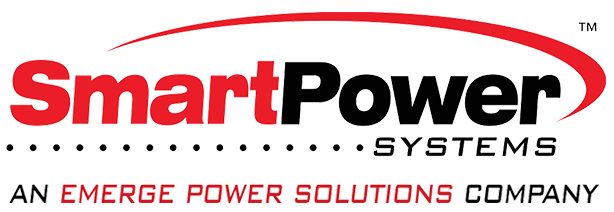 To most people, power quality is a mystery unless it is a power outage or lightning strikes. Studies show these events, while easy to identify, have the lowest potential of any power quality problems you will encounter. The highest number of power quality problems are subtle low voltage transients that require test equipment to identify their existence and over all frequency because often they are intermittent.
To most people, power quality is a mystery unless it is a power outage or lightning strikes. Studies show these events, while easy to identify, have the lowest potential of any power quality problems you will encounter. The highest number of power quality problems are subtle low voltage transients that require test equipment to identify their existence and over all frequency because often they are intermittent.
The repetition of malfunctions will require an examination by a technical expert who can be challenged by the intermittent nature of the problem. Meanwhile, the user can begin to question a product’s reliability (bad software or hardware?), the technical ability of the “expert”, or the company that manufactures or sells the system.
Power quality problems arise when system incompatibility occurs between the AC power and the equipment. Either the quality of the AC distribution system or the AC voltage can contribute to power quality problems. In each case, the solution is different. In order to find the right solution, it is important to diagnose the problem correctly.
According to the NEMA Surge Protection Institute, voltage transients can be disruptive, dissipative, or destructive to electronics. Disruptive events, such as low voltage transients simply cause electronics to lose their performance reliability and can cause a computer to lock up or other products to create error codes. The importance of identifying disruptive events is that they could have high enough voltage levels to be dissipative which means degradation of components that can lead to equipment failure at some point.
Once voltage transients are identified, the next challenge is to find the proper technology to mitigate the problem. As in any product, the effectiveness of a power quality solutions can range from very little impact to highly effective. The next step is to weigh the balance of cost to performance.
To protect systems from voltage transients, one needs to protect against not only high voltage events such as lightning but also low voltage events which are most commonly generated inside a facility from equipment operating on internal circuits. The diagram below shows the results of mitigating high and low voltage events.
IEEE (Institute of Electrical and Electronics Engineers) has designed numerous power quality tests which are part of the standards in the power quality industry. Illustration “A” shows the let through voltage when high voltage is applied to the input of a computer grade filter. Let through voltage is what passes through a power protection device to the equipment it is protecting. The lower the voltage and the shorter the duration – the better the protection.
There are many “surge protection devices” in the market that are effective at reducing high voltage surges but are not designed to effectively mitigate lower level voltage transients. In 1986 at their 5th annual conference, the semi-conductor industry defined computer grade filtering which is a critical level of protection and allows electronics to operate as intended. Computer grade filtering reduces voltage transients to less than 10 volts on the line (normal mode) and less than 0.5 volts neutral to ground (common mode). This is demonstrated by reducing surges (Illustration “A”) to the computer grade level and reducing low level voltage spike as seen on the sine wave (Illustration “B”). Electronics will operate as intended if these power events, which are over 80% of power quality problems, are mitigated.
Illustrations A & B demonstrate how effective Smart Power Systems patented transformer based filter technology is at eliminating both high and low level voltage transients.
Newer TBF™ Technology Yields Lower Cost Computer Grade Filtering – IEEE Impulse Test
Illustration A
ANSI/IEEE C62.41 6000 Volt Impulse Test –
Let Through Voltage Viewed On An Oscilloscope (H-N)
Smart Power Smart Cord Smart Power POS Guardian

(4.4V Let Through) (12.8V Let Through)
ANSI/IEEE C62.41 3000 Volt Impulse Test –
Let Through Voltage Viewed On An Oscilloscope (N-G)
Smart Power Smart Cord Smart Power POS Guardian

(0.68V Let Through) (0.18V Let Through)
(Test by PowerCet Corporation)
Illustration B
TBF™ Technology Filtering Low Level Transients That Cause Disruption
(Example of Computer-Grade Filtering with TBF™ Technology)
Input w/Transients Added (red)
 Let through (blue)
Let through (blue)
Low-level transients cause over 80% of power problems
Test by Walton EMC)
